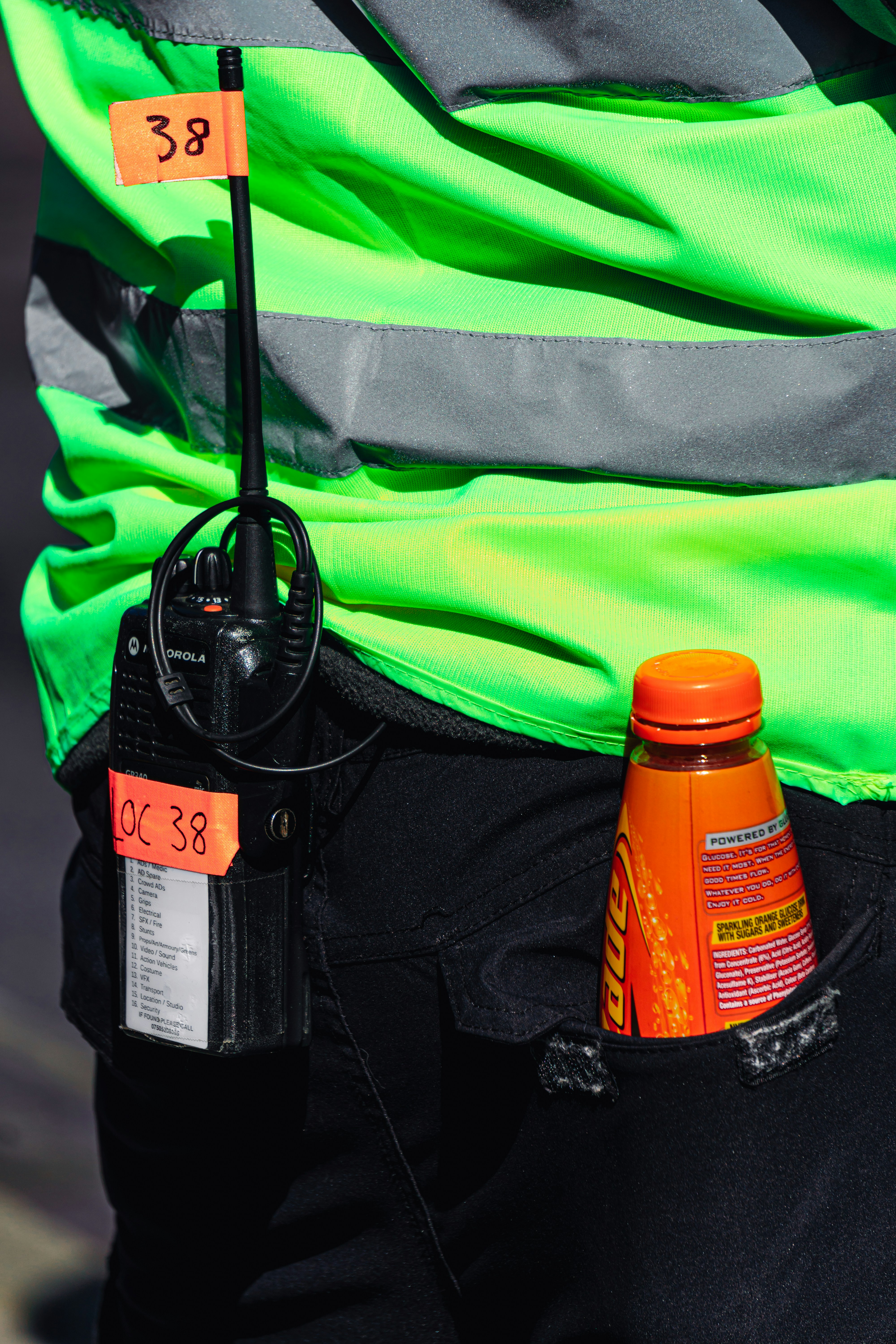The Importance of Communication in Hurricane Preparedness
In the face of impending hurricanes, clear and effective communication can be the difference between safety and disaster. Properly conveying information about evacuation routes, emergency shelters, and weather updates is essential for minimizing chaos and panic. Unfortunately, communication networks are often among the first casualties in severe weather. This necessitates robust preemptive planning to ensure residents are informed and equipped to handle the challenges brought by hurricanes.
Developing a Multi-Channel Communication Plan
A comprehensive communication plan should incorporate multiple channels to disseminate information effectively. This might include traditional media, digital platforms, and community alerts.
1. Broadcast Media: Television and radio are vital, especially for those without internet access. Regular updates on these platforms ensure wide coverage.
2. Social Media: Platforms such as Twitter and Facebook are instrumental for real-time updates and engaging directly with the community. Local governments and emergency services should leverage these channels to provide information quickly.
3. SMS Alerts: Mobile alerts can reach people instantly, even if they are on the move. This method is particularly useful for sharing urgent updates, such as sudden changes in weather patterns.
Technological Innovations Enhancing Communication
Technological advancements have significantly improved how we communicate during emergencies. Integrating these innovations into hurricane preparedness plans can enhance their effectiveness.
4. Apps and Websites: Many emergency services have developed apps that offer real-time information about weather conditions, evacuation routes, and shelters. These apps can also send notifications to users about immediate dangers.
5. Satellite Phones: In scenarios where traditional communication networks fail, satellite phones can provide a reliable alternative, ensuring continuous communication even in the worst conditions.
6. Internet of Things (IoT): IoT devices can monitor environmental conditions and report data back to centralized systems, allowing for predictive insights and proactive communication strategies.
Community Engagement and Education
Empowering communities with knowledge and resources enhances preparedness. Emergency drills and educational programs can significantly reduce the impact of hurricanes by teaching communities how to respond effectively.
Read our latest blog posts on community engagement strategies that can prepare local populations for hurricanes.
Role of Local Authorities
Local governments play a crucial role in disseminating information. They should ensure coordination with national meteorological services to share accurate and timely weather forecasts. Authorities must also work closely with local media to reach broader audiences.
Visit Ready.gov for official hurricane preparedness resources that provide more information on local authority responsibilities.
Conclusion: Preparing for the Unpredictable
Hurricanes are unpredictable forces of nature. While we cannot stop them, we can mitigate their impact through effective communication strategies. By employing a blend of traditional and modern communication methods, supported by technological innovations, communities can better prepare for hurricanes and protect lives and property.
For more information on how to safeguard your community during hurricane season, consider exploring our emergency response courses. Join HelpNow’s efforts to build more resilient communities.
Join HelpNow today and be part of the solution. Help us build awareness and preparedness across Florida, ensuring everyone is ready to face the challenges of hurricane season.

